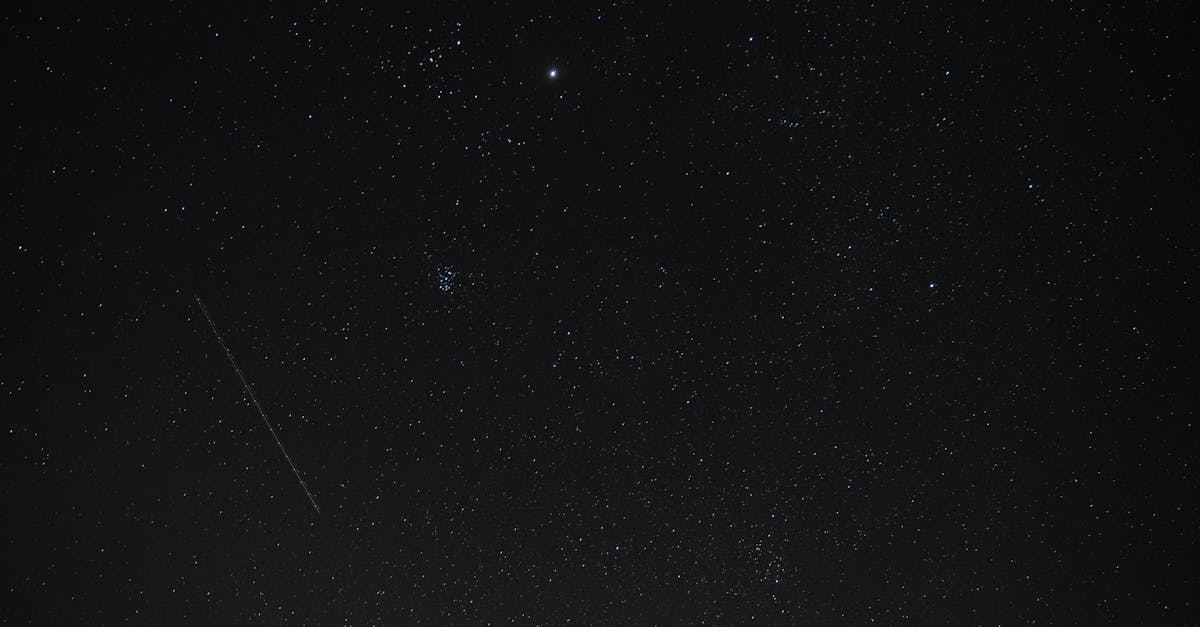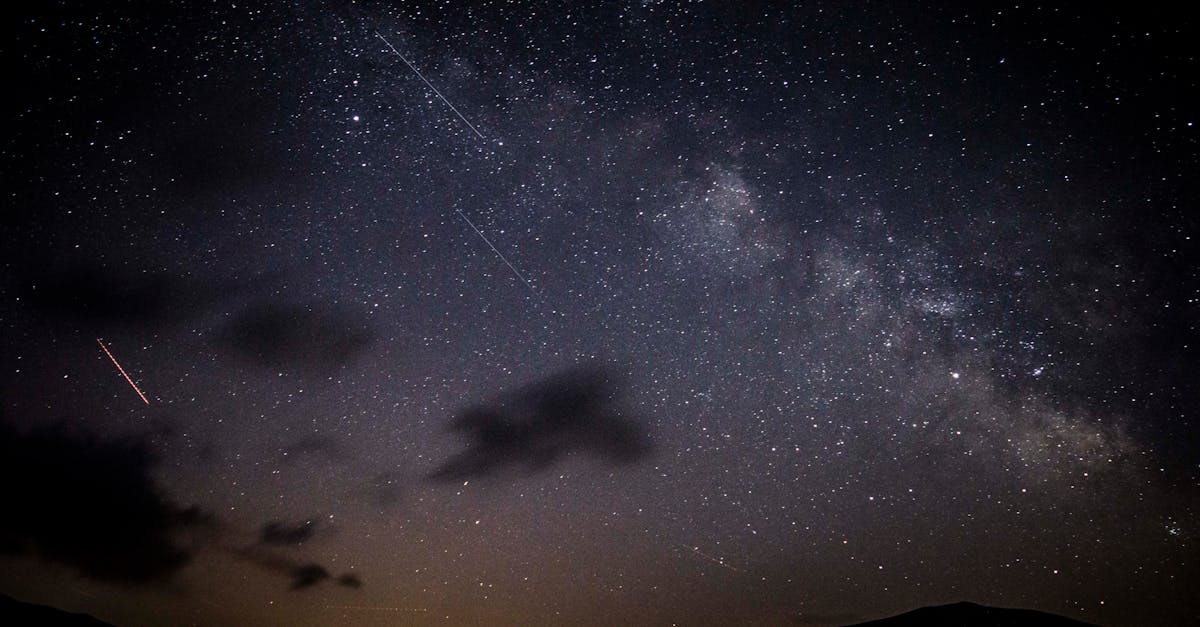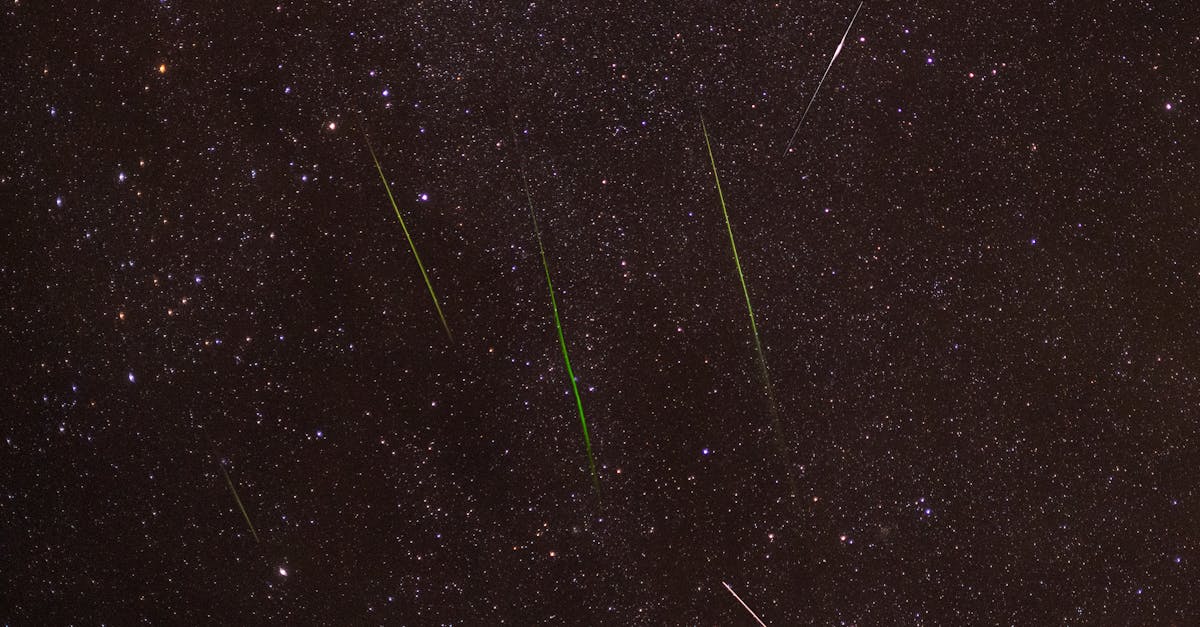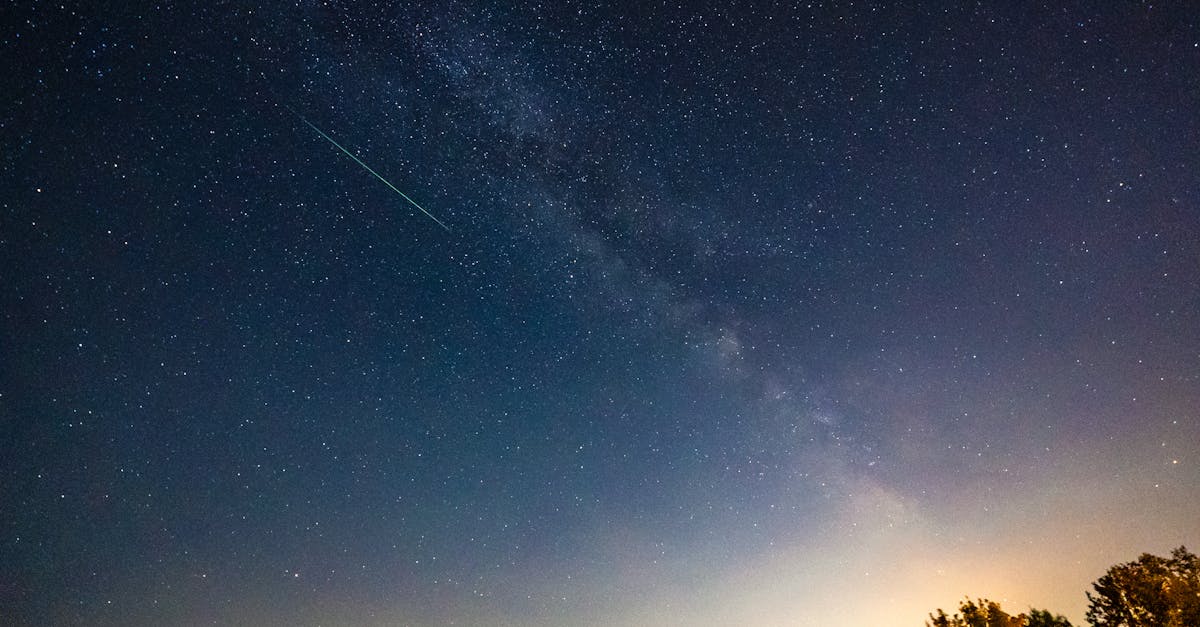
Introduction
As we step into April 2025, stargazers around the world are gearing up for a celestial spectacle that promises to dazzle the night sky. Meteor showers, a popular astronomical event, will light up the heavens with their mesmerizing displays. This annual phenomenon provides a unique opportunity to witness shooting stars darting across the sky. While some meteor showers occur sporadically, April hosts a couple of major ones that are eagerly anticipated by both amateur and professional astronomers. Whether you’re a seasoned stargazer or a curious beginner, understanding when, where, and how to observe these showers is key to maximizing your experience. Join us as we explore everything you need to know about the April 2025 meteor showers.
Understanding Meteor Showers
Meteor showers happen when Earth passes through streams of debris left by comets or sometimes asteroids. As these small particles, often no larger than a grain of sand, enter Earth's atmosphere, they burn up, creating bright streaks of light in the sky, commonly referred to as "shooting stars." While they can occur at any time, certain times of the year are associated with higher activity due to specific comet orbits. April is one such month, making it ideal for celestial observers. Observing these showers requires no special equipment, although a clear, dark sky away from urban light pollution enhances the viewing experience.

Ludwig Kwan/Pexels
The Lyrids Meteor Shower
Kicking off April’s meteor festivities is the Lyrids meteor shower, which typically peaks around April 22nd. Known for producing bright, fast meteors, the Lyrids originate from the comet Thatcher. The shower can display around 10 to 20 meteors per hour at its peak, but it's not uncommon to witness higher counts during rare outbursts. Best viewed in the early morning hours, the waxing crescent moon in 2025 will create near-perfect dark skies, ideal for watching the celestial show. With historical records dating back over 2,600 years, the Lyrids are among the oldest known meteor showers, providing both a visual feast and a connection to ancient stargazing traditions.

Vittorio Staffolani/Pexels
Meteor Shower Peaks of Interest
While the Lyrids tend to steal April’s meteoristic limelight, the Eta Aquarids present a strong follow-up act. Although its peak occurs in early May, beginning in late April, the Eta Aquarids are famed for their swift, long-lasting trails. They are the result of debris from the famous Halley's Comet. Observers in the Southern Hemisphere are particularly favored, enjoying the full splendor of this shower. On a clear night, viewers can expect up to 30 meteors an hour. Early risers will benefit, as the hours before dawn offer the best vistas.

Eclipse Chasers/Pexels
Ideal Conditions for Viewing
For an optimal meteor shower viewing experience, finding a location with minimal light pollution is crucial. Heading to rural areas or designated dark-sky parks enhances visibility. Patience is also key; as your eyes adjust to the dark, approximately 20-30 minutes, more meteors become discernible. Equip yourself with comfortable seating, like a blanket or reclining chair, as this will allow for prolonged, comfortable viewing sessions. Keep an eye on weather forecasts for both cloud cover and temperature, as both can significantly impact the experience.

Henry C Wong/Pexels
The Role of Technology
In 2025, modern technology can greatly enhance meteor shower observation. Numerous apps and websites are available that provide real-time alerts and star maps, ensuring enthusiasts never miss a meteor. These digital tools can identify shower peaks and calculate viewing angles based on your location, maximizing the chances of witnessing a breathtaking sky performance. Additionally, social media connects enthusiasts, fostering a sense of community. Participants can share experiences, photographs, and discoveries, transforming singular observation into a collective celebration of celestial beauty.
Commercial Meteor Events
For those seeking a more immersive experience, meteor-themed events and festivals have become popular. Dark-sky associations and astronomy clubs frequently organize guided viewings and informal gatherings. These events often include expert talks, guided stargazing sessions, and live updates to enhance understanding and enjoyment. In recent years, there's been an increase in meteor shower tourism, where pop-up observatories and wilderness retreats offer bundled experiences to stargazers keen on a celestial escapade.

Alex Andrews/Pexels
Photography Tips for Meteor Showers
Photographing meteors can capture the ephemeral beauty of these celestial events. Begin with a camera that allows manual settings; a DSLR or mirrorless camera is ideal. A wide-angle lens, set to its widest aperture, will capture more of the sky. Use a sturdy tripod to ensure stability, and set the ISO to a higher value to capture faint trails. Experiment with long exposures, ranging from 20 to 30 seconds, to increase the chances of catching multiple meteors in a single frame. Remember to take creative liberties—incorporating foreground elements like landscapes or light painting can add depth and dimension to your photos.

Fatih Turan/Pexels
A Historical Perspective
Meteor showers have fascinated humankind for millennia, appearing in historical texts and mythologies across cultures. The Lyrids, for example, are linked to stories from the Zhou Dynasty in China, making them a part of ancient cultural records. These celestial displays have not only been subjects of scientific inquiry but have also informed folklore and even historical events. Understanding the historical significance of meteor showers enriches the contemporary viewing experience, fostering a deep connection with both the cosmos and our ancestors who once gazed upon the same skies.
Conclusion and Lasting Impressions
April 2025 promises to be a month of celestial wonder, with meteor showers providing a captivating spectacle across the night sky. The Lyrids and the Eta Aquarids offer exciting opportunities to observe and appreciate the grandeur of space. Beyond just visual beauty, these events connect us to the universe and to historical traditions of sky watching. Whether through technological tools, community events, or solitary contemplation, experiencing a meteor shower can be a profoundly moving experience. Remember to cherish these fleeting moments, as they remind us of the vastness and beauty of the cosmos.